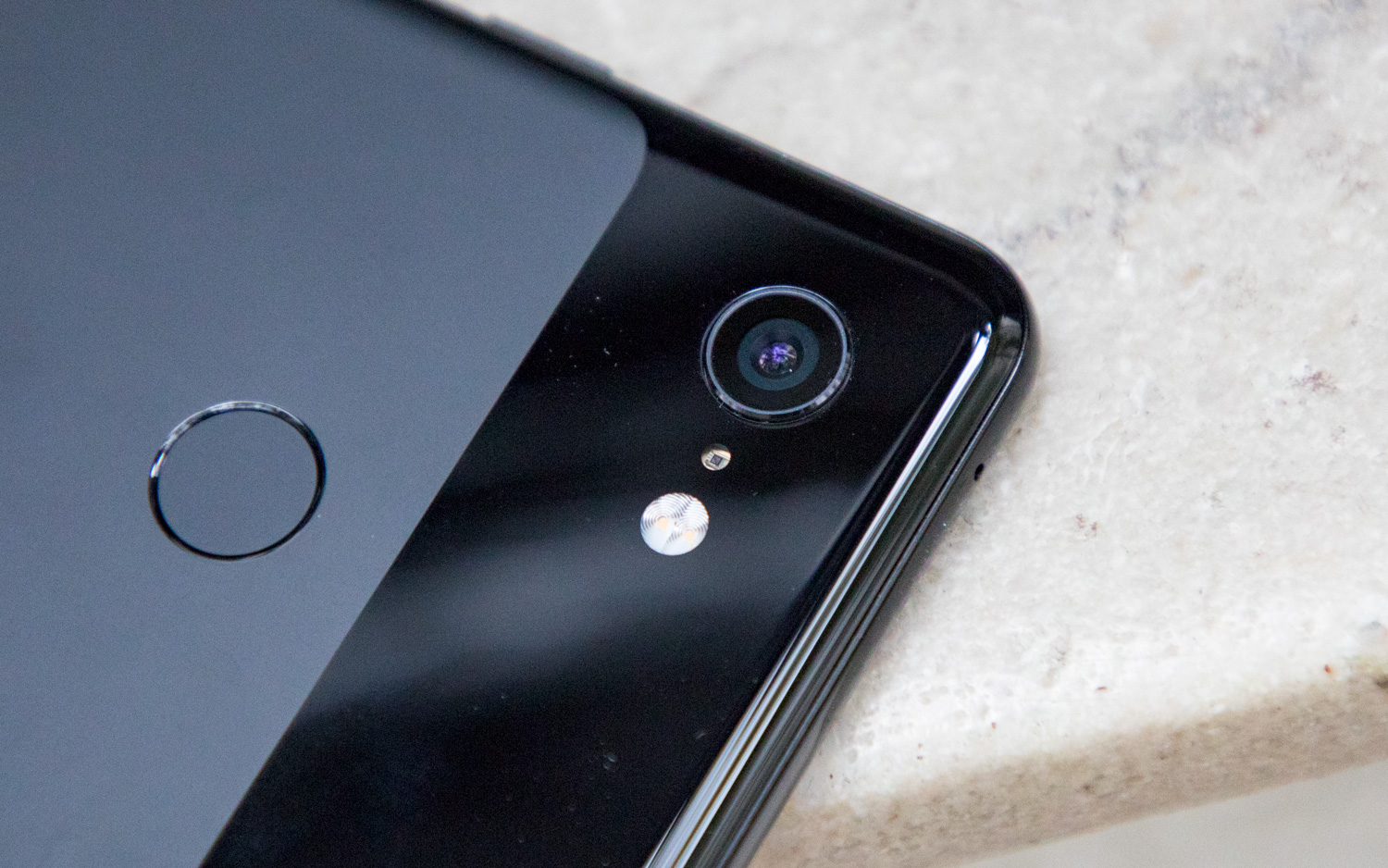Google Shows Off 20x Zoom Photo, But It's NOT for the Pixel 4
Instagram photo shows what Google software can pull off

Editors' Note: Updated at 1:44 p.m. ET with additional comments from Google.
A lot of the rumors about the upcoming Pixel 4 have focused on how the phone's front cameras and sensors will support a face unlocking feature and gesture-based controls. But Google might be cooking up something big for the Pixel 4's rear cameras, too.
An image posted to Instagram late last week by Google's director of design shows off a seating area ringed by shadows. Dig a little deeper into the comments on that Instagram post as both This Is Tech Today and 9to5Google did, and you'll find Google's Claude Zellweger seemingly confirming that the shot was captured by a Pixel phone using a 20x zoom.
Light + Shadow #googleIDstudio Claude Zellweger
A photo posted by @claudezellweger on Aug 9, 2019 at 4:54pm PDT
If you're familiar with Google's Pixel lineup, you'd know that the currently available Pixel phones aren't capable of a 20x zoom — the best they offer is software-aided 2x zoom. So it wouldn't seem to be a crazy leap to assume that the photo above was taken with a Pixel 4 showcasing an upcoming feature for the new phone's cameras.
That assumption would be off-base, though. In a subsequent comment to his post, Zellweger says that the image was actually captured by a Pixel 3a, Google's lower-cost smartphone. "Just to be clear: This shot was taken with a Pixel 3a. Zooming + cropping did the trick," Zellweger said.
Still, that shot looks better than any zoom we could capture with a Pixel 3a. That's leading to a new assumption that the photo is showcasing improved camera software that could find its way to Google's current phones as well as the Pixel 4.
What this means for the Pixel 4
Improved zoom capabilities — even those aided by software — would certainly be in line with what we know about the Pixel 4. Thanks to a leak posted by Google itself, we know that Google's next phone will feature multiple cameras. One of those lenses is likely to be a telephoto shooter that would support an optical zoom.
Sign up to get the BEST of Tom's Guide direct to your inbox.
Get instant access to breaking news, the hottest reviews, great deals and helpful tips.
Currently, the Pixel 3 offers a Super Res Zoom feature, which taps into Google's prowess with artificial intelligence to fill in the details of a digitally zoomed-in photo. The result is zooms that generally look about as good as what you get from an optical zoom, though once you zoom past 2x, the quality of the shot falls off.
Since the Pixel 4 would have multiple lenses — a 12-MP/16-MP combo, according to specs leaked last week — it seems likely that the Pixel 4 would feature a hybrid blend of digital and optical zoom in which Google's software is augmenting what the telephoto lens captures to get even closer to a shot without degrading the quality of the image.
Cameras are an increasingly important part of a smartphone. Google used its software skills to land the Pixel 3 on our list of the best camera phones, at least until the quadruple-lens Huawei P30 Pro came along. Samsung just released its Galaxy Note 10 phones, and though the camera hardware looked a little underwhelming on paper, testing firm DxO gave the Note 10 Plus its highest rating, further raising the pressure on Google to keep pace with the Pixel 4's camera.
What's more, phone makers are increasingly boosting the zoom capabilities of their handsets. The P30 Pro, for instance, features a 5x zoom, with software able to help scale that even further. The new Oppo Reno has made a 10x hybrid zoom a central part of its identity. Samsung has developed a 5x zoom camera that looks like it's headed to next year's Galaxy S11.
This latest leak gives us a hint as to how Google plans to top what rival phone makers are doing with their cameras.
Philip Michaels is a Managing Editor at Tom's Guide. He's been covering personal technology since 1999 and was in the building when Steve Jobs showed off the iPhone for the first time. He's been evaluating smartphones since that first iPhone debuted in 2007, and he's been following phone carriers and smartphone plans since 2015. He has strong opinions about Apple, the Oakland Athletics, old movies and proper butchery techniques. Follow him at @PhilipMichaels.

